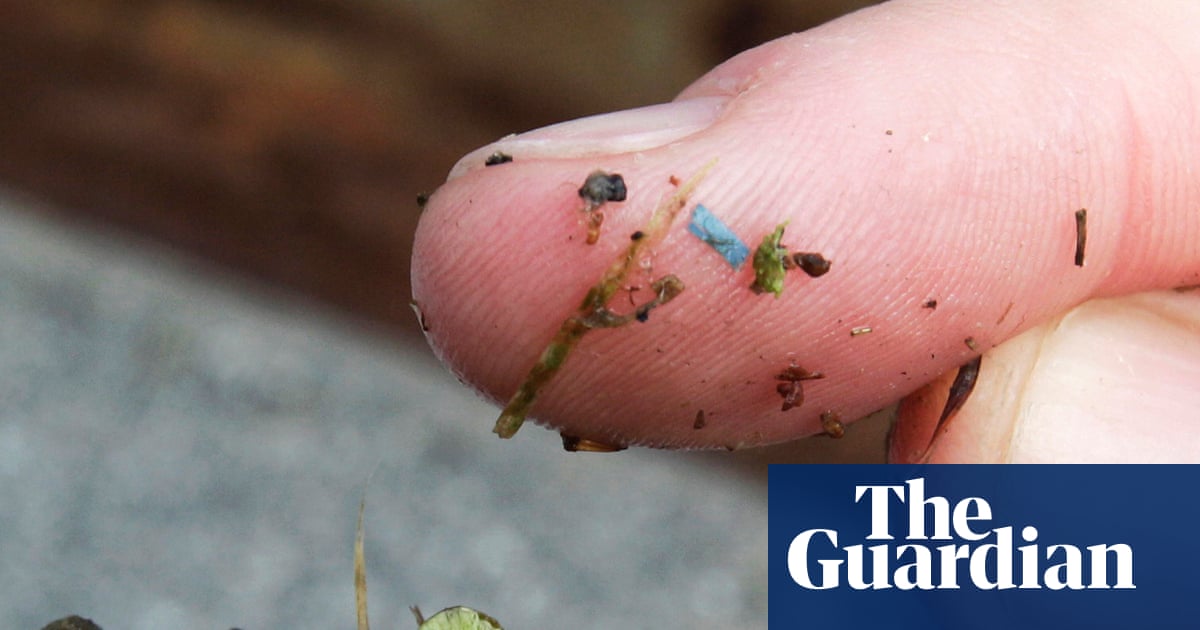Twenty-four brain samples collected in early 2024 measured on average about 0.5% plastic by weight
A growing body of scientific evidence shows that microplastics are accumulating in critical human organs, including the brain, leading researchers to call for more urgent actions to rein in plastic pollution.
Studies have detected tiny shards and specks of plastics in human lungs, placentas, reproductive organs, livers, kidneys, knee and elbow joints, blood vessels and bone marrow.
Given the research findings, “it is now imperative to declare a global emergency” to deal with plastic pollution, said Sedat Gündoğdu, who studies microplastics at Cukurova University in Turkey.



What are the main sources? Just, waves at everything or plastic lined drink containers or something?
Apparently rubber from tires is one of the biggest sources.
Textiles are a big contributor, because the plastic fibers are already really small and relatively weak to begin with. You can talk about how many pieces a disposable bag might shed, but it’s nothing compared to just putting a polyester T-shirt in the washing machine.
Especially microfiber. It was shown to shed the most fibers of all the plastic-based textiles.
It all rouses this uncanny experience in me that is adjacent to gross, but not the same. “Gross,” to me, connects to disgust, one of our primal affects; and these affects were develop for an organic world. But this intrusion of synthetic materials everywhere around us (and in us) is disturbing in another sort of way.
My understanding is that it stems from various combinations of plastic trash, contaminating our ecosystem. So a plastic lined container (nearly any disposable container) is bad because it will contain microplastics in its conents, and also, as it degrades in the trash, will release more microplastics.
It’s just funny how we were looking for degradable plastics for years so we don’t have to burn it, just to find out the degraded plastic particles are the real problem, and burning it was actually the less unhealthy option.
I mean we’re still not certain if that’s true. We know that plastic is now everywhere because degradation, but I don’t think we know how damaging it is, if at all (i doubt its non damaging but who knows) In addition, burning could still be worse. Time will tell